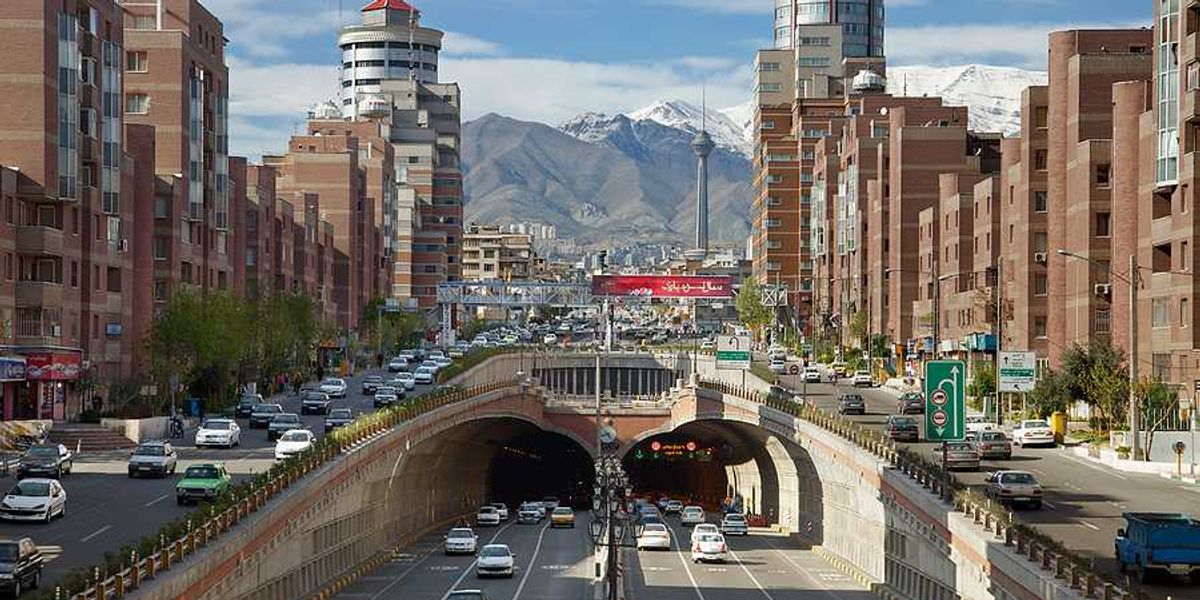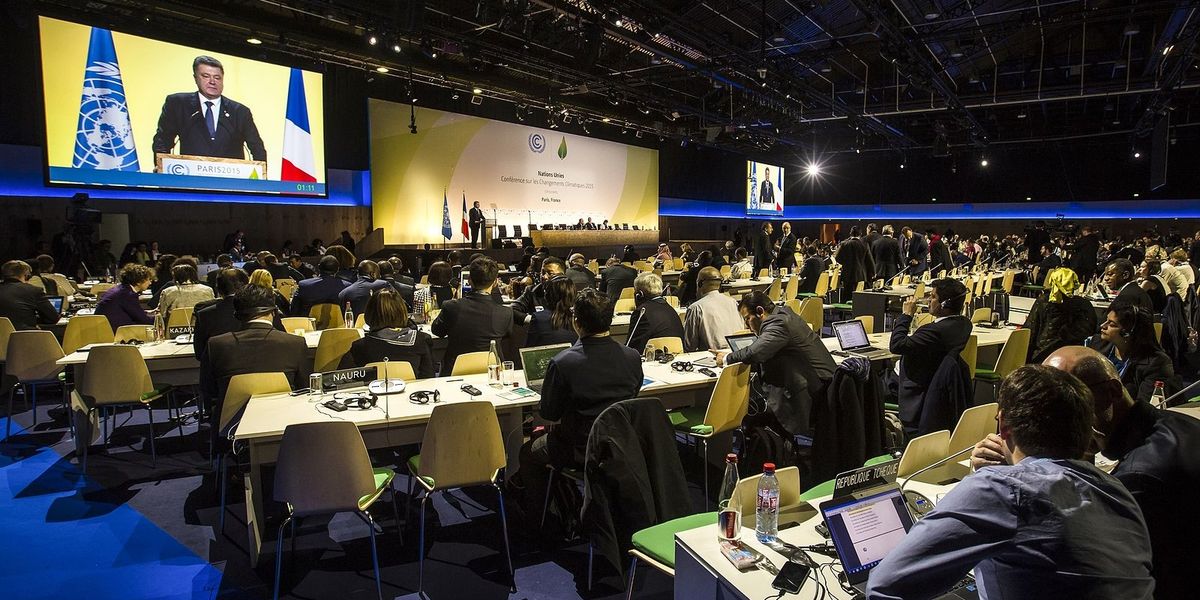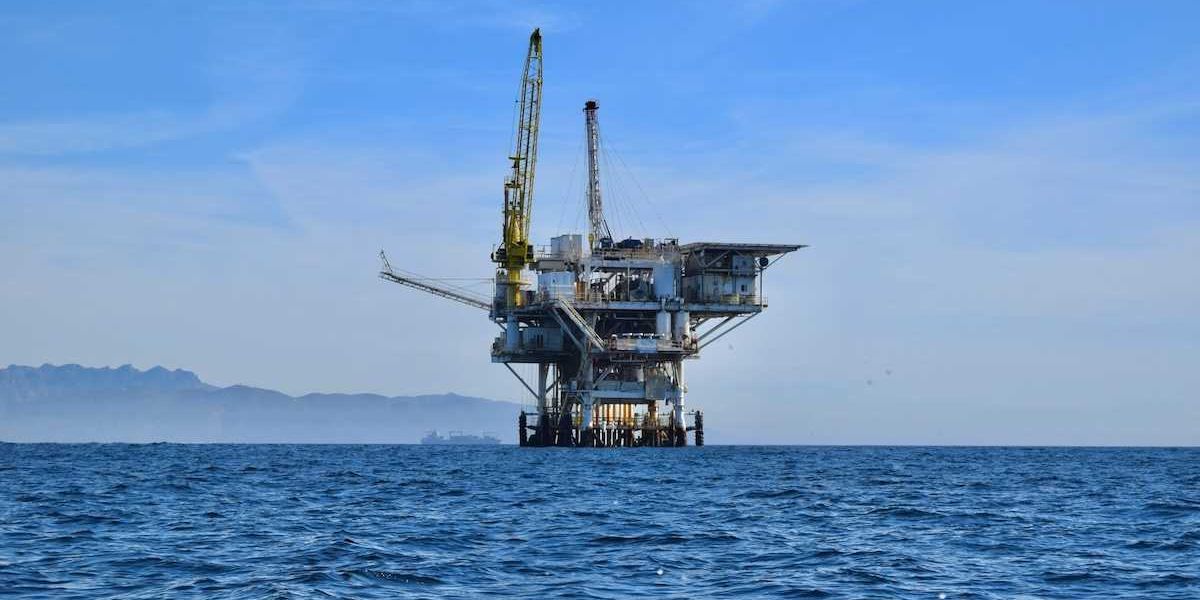Sen. Mike Lee revises plan to sell public lands after Senate ruling blocks original proposal
Sen. Mike Lee plans to scale back his proposal to sell federal lands after the Senate parliamentarian ruled it couldn't be included in a fast-track Republican budget bill.
Rachel Frazin reports for The Hill.
In short:
- Lee’s original proposal would have sold millions of acres of federal land, including Forest Service and Bureau of Land Management (BLM) holdings, in up to 11 states.
- After the Senate parliamentarian ruled the measure couldn't be passed via reconciliation, Lee said he would revise the bill to exclude Forest Service land and reduce the acreage involved.
- The new version would focus only on BLM land within five miles of population centers and proposes undefined “freedom zones” to benefit American families.
Why this matters:
Public lands are a critical buffer against overdevelopment, supporting biodiversity, outdoor recreation, and climate resilience. Selling off large tracts — especially near growing cities — risks degrading natural ecosystems, increasing wildfire risks, and reducing public access to open space. These lands also act as carbon sinks and protect watersheds that supply drinking water.
While population growth demands housing, many conservation and environmental advocates argue that federal lands should be preserved, not privatized. Reducing federal oversight of these areas could lead to more industrial, residential, or extractive development, with long-term consequences for environmental health and local communities. The tension between development and conservation continues to shape land policy across the western United States.
Related: Trump administration seeks to open more public lands to oil, gas and mining under new Interior plan













